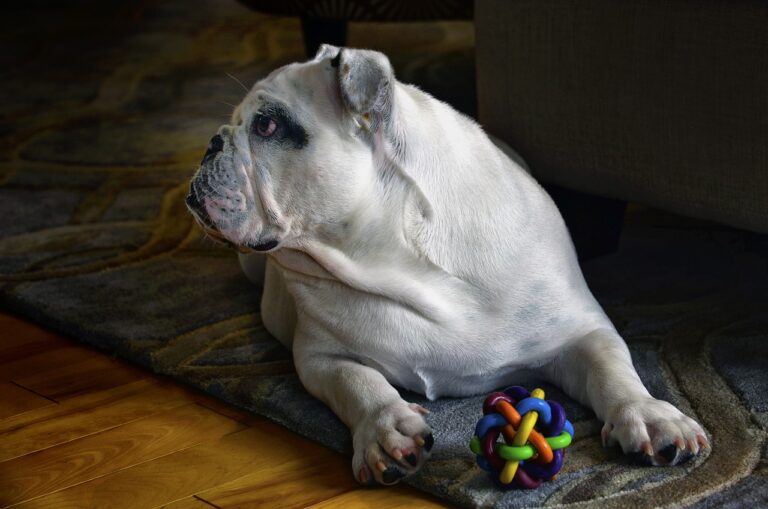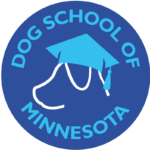
Understanding and Addressing Dog Resource Guarding
Resource guarding is a common behavior among dogs, characterized by their instinctual urge to protect valued items such as food, toys, or even specific locations. While resource guarding may seem harmless initially, it can escalate into a concerning issue if left unaddressed. Recognizing the signs and implementing appropriate strategies is essential for fostering a harmonious relationship with your canine companion.
Recognizing Resource Guarding Behavior
Identifying resource guarding behavior involves observing both obvious and subtle cues exhibited by your dog. Dogs may display the obvious signs such as growling, snapping, or even biting when someone approaches their valued item. Additionally, pay attention to your dog’s body language, such as stiffening or freezing when near their possessions, or guarding them with their body. Subtle indicators like avoiding eye contact, lip licking, or displaying tense facial expressions can also signify resource guarding. Dogs may even eat their food or treats faster than usual as a means of guarding against potential threats.
Addressing Resource Guarding
Once you’ve identified resource guarding behavior in your dog, it’s essential to address it promptly and effectively. Positive reinforcement training techniques can be highly effective in managing resource guarding. Utilize positive reinforcement to teach your dog that sharing possessions leads to positive outcomes. Engage in trade-up exercises where you exchange a less valued item for a higher-valued one, gradually teaching your dog that giving up possessions results in something better.
Establishing clear boundaries around resource access is crucial. Set rules for when and how items can be interacted with, and be consistent in reinforcing these boundaries. Avoid punishing your dog for resource guarding behavior, as it can escalate fear and aggression. Instead, focus on positive reinforcement and redirection. If resource guarding persists or escalates despite your efforts, enroll in Dog School and seek guidance from our experts at the Dog School of Minnesota. They can provide personalized strategies and support.
Creating a Safe Environment
Creating a safe and supportive environment for your dog is also essential in addressing resource guarding. Identify and minimize potential triggers for resource guarding, such as competition between pets or high-stress environments. Implement structured feeding and playtime routines to establish predictability and reduce anxiety around resources. Supervise interactions between your dog and other pets or family members, especially around valuable items. Use management techniques such as feeding meals separately or providing individual toys to reduce opportunities for conflict.
Resource guarding is a natural behavior in dogs, but it can become problematic if left unchecked. By recognizing the signs of resource guarding and implementing positive reinforcement training techniques, you can address this behavior effectively and foster a trusting relationship with your dog. Be patient, consistent, and seek professional guidance when needed to ensure the well-being of both you and your canine companion.
Consider Dog School of Minnesota
If your dog is having issues with resource guarding at home, consider the dog training services provided by Dog School of Minnesota. We can work on these skills with your pup to help improve your family life at home.
If you’re looking for dog training, book now! Have questions? Contact us!
